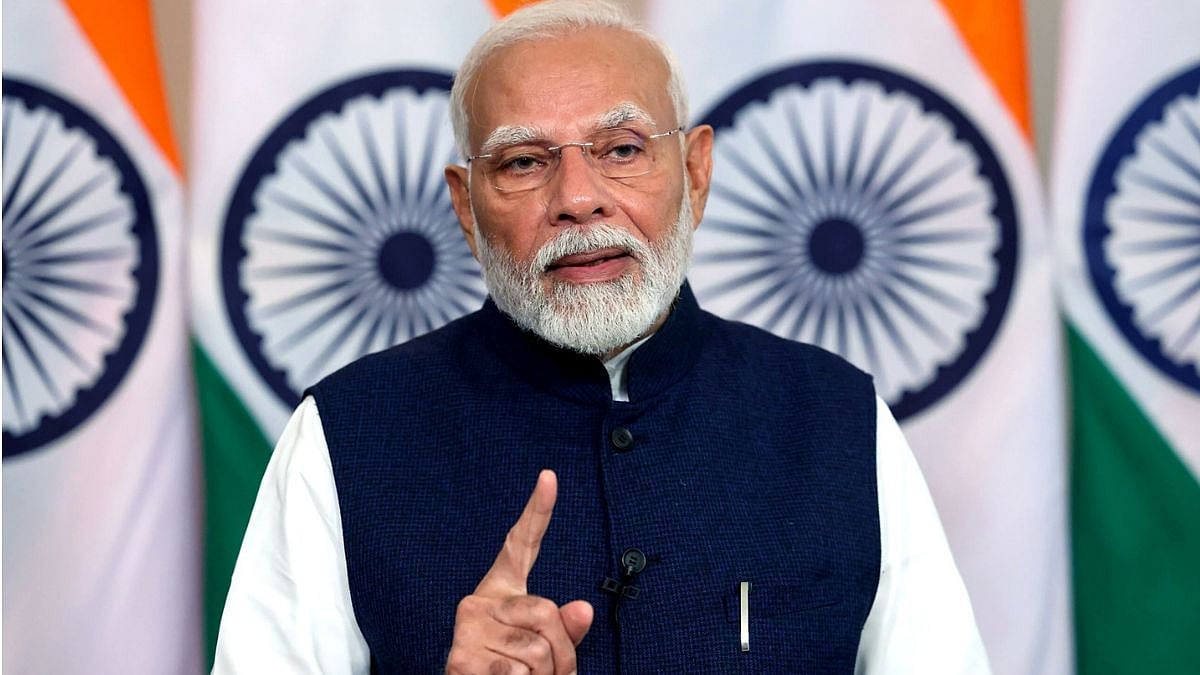Mumbai: The prevalence of leprosy among women is comparatively higher than among men across Maharashtra. As per the data provided by the state health department, 45,081 (54.13%) of overall 83,281 leprosy cases were detected in women, while 38,200 (46%) of cases were amongst men. The cases were detected between January 1, 2019, and December 31, 2023.
Health experts attribute this alarming pattern to prevalent stigmatisation and the reluctance of women to acknowledge the disease, particularly in specific rural areas of Vidarbha, where leprosy rates are the highest.
“Social stigmatisation, not acknowledging the disease and delayed health-seeking behaviour contribute significantly to more number of cases among women. Moreover, research also suggests that the higher prevalence of leprosy among women in India is multifactorial,” said Dr Vivek Pai, Director of the Bombay Leprosy Project.
What is leprosy?
Leprosy is a chronic infectious disease caused by mycobacterium leprae bacterium. It affects the skin, the peripheral nerves, mucosal surfaces of the upper respiratory tract and the eyes.
According to senior health experts, biological differences may play a role, along with societal factors and women’s roles in caregiving and domestic activities may expose them to prolonged close contact, increasing transmission risks.
“Despite extensive initiatives targeting leprosy eradication, the deeply ingrained fear associated with the disease continues to impede progress. Leprosy, often stigmatised and misunderstood, remains a significant public health concern, especially among women, hindering the success of eradication programs,” said an official. Regions such as Chandrapur, Gadchiroli, and Nandurbar have observed the most increase in leprosy cases.
One of the most significant challenges in the fight against leprosy is the reluctance of people to acknowledge the disease, especially in municipal and specific rural areas in Vidarbha, where leprosy prevalence is escalating.
'Zero leprosy campaign'
Dr Sunita Golhait, joint director (TB and Leprosy), Health Services, Maharashtra, said, “The zero leprosy campaign, gaining momentum, encourages people to step forward for diagnosis and treatment.”
Meanwhile, household surveys have played a crucial role in uncovering previously unreported cases, highlighting the need for proactive measures to overcome underreporting challenges.
Experts believe that the numbers are not increasing or steady but there is a possibility somewhere people are ignoring symptoms and white patches appearing on their bodies. Most of the patients are those who have come here from other states in search of work. However, many patients have been found in routine surveillance.
“Most people are already suffering from the disease, but due to low awareness and lack of screening, these people are left out. Late detection or delay in treatment damages the nervous system and patients go to the hospital only after the deformity. However there is a need for emphasis on screening in Mumbai, to get the disease detected early,” she said.











